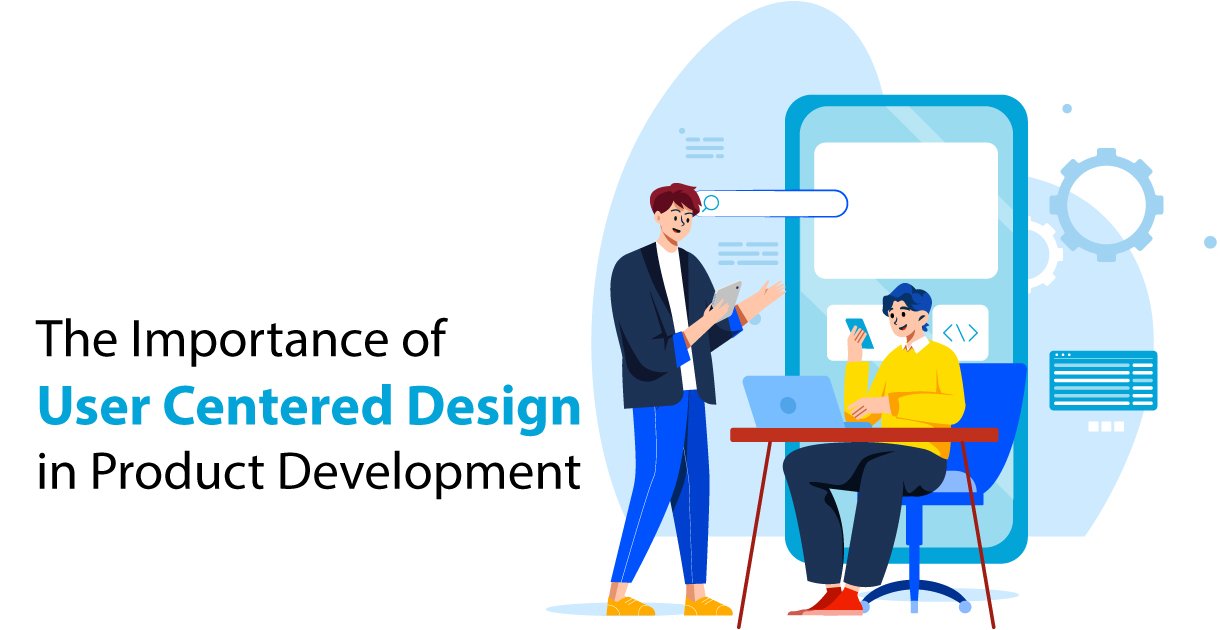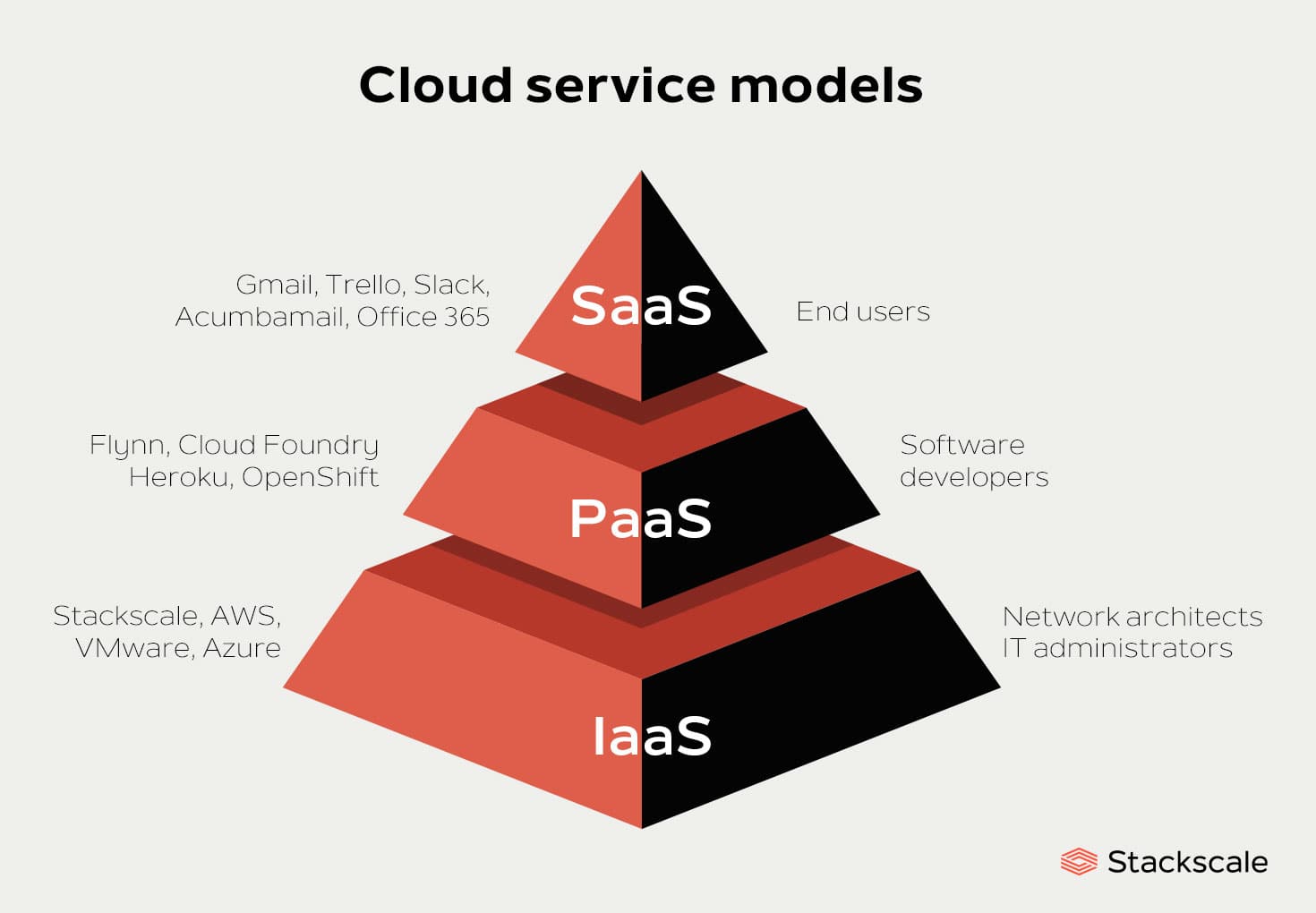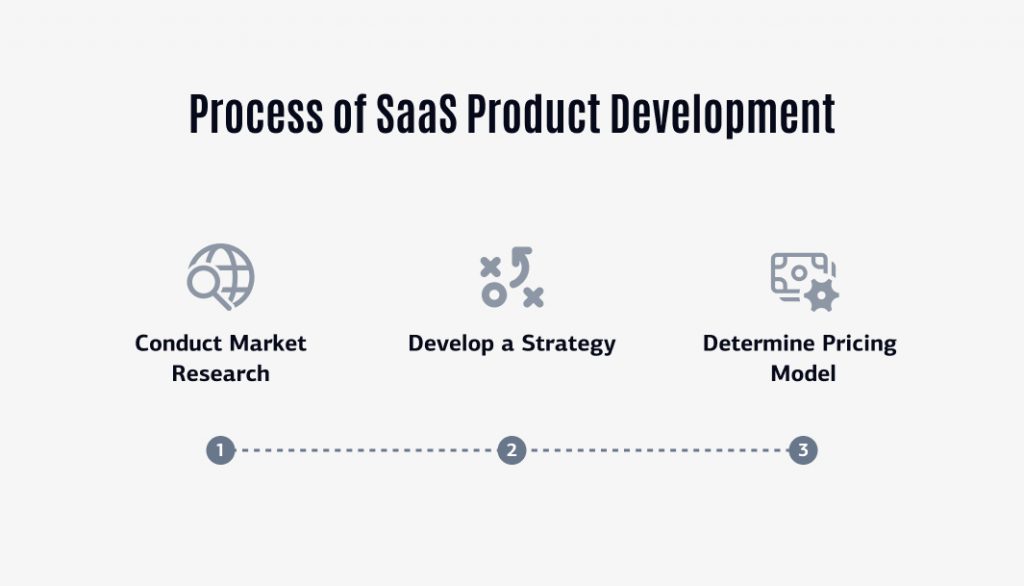How to Conduct Market Research for Your SaaS Product
Conducting thorough market research is a crucial step in SaaS startup product development. It helps validate the product idea, identifies potential customers, and informs the development process. Market research involves gathering and analyzing data about the target audience, competitors, and market trends.
Identifying the target audience is a critical aspect of market research. This involves creating buyer personas that outline the demographics, needs, and pain points of potential customers. By understanding the target audience, SaaS startups can develop a product that meets their needs and resonates with them.
Competitor analysis is another essential component of market research. This involves analyzing the strengths, weaknesses, and market positioning of competitors. By understanding the competitive landscape, SaaS startups can differentiate their product and develop a unique value proposition (UVP) that sets them apart from the competition.
Gathering feedback from potential customers is also a vital part of market research. This can be done through surveys, focus groups, and one-on-one interviews. By gathering feedback, SaaS startups can validate their product idea, identify potential pain points, and inform the development process.
Market research can be conducted using a variety of methods, including online surveys, social media listening, and customer interviews. By leveraging these methods, SaaS startups can gather valuable insights that inform the development process and ensure the product meets the needs of its target audience.
In the context of SaaS startup product development, market research plays a critical role in ensuring the product is viable and meets the needs of its target audience. By conducting thorough market research, SaaS startups can reduce the risk of product failure and increase the chances of success.
Designing a User-Centric Product Experience
User experience (UX) plays a vital role in SaaS product development, as it directly impacts the adoption and retention of customers. A well-designed UX can make a SaaS product intuitive, engaging, and easy to use, ultimately driving customer satisfaction and loyalty.
User research is a critical component of UX design in SaaS product development. This involves gathering data about the target audience, including their needs, pain points, and behaviors. By understanding the target audience, SaaS startups can design a product that meets their needs and expectations.
Wireframing and prototyping are essential tools in UX design, as they enable SaaS startups to visualize and test their product ideas. Wireframing involves creating low-fidelity sketches of the product interface, while prototyping involves creating a functional, interactive version of the product.
Prototyping allows SaaS startups to test their product ideas with real users, gathering feedback and iterating on the design. This approach enables SaaS startups to refine their product and ensure it meets the needs of their target audience.
A user-centric approach to product design is essential in SaaS startup product development. By prioritizing UX, SaaS startups can create a product that is intuitive, engaging, and easy to use, ultimately driving customer satisfaction and loyalty.
In the context of SaaS startup product development, UX design is a critical component of the development process. By incorporating UX design principles, SaaS startups can create a product that meets the needs of their target audience and drives business success.
Choosing the Right Technology Stack for Your SaaS Product
When it comes to SaaS startup product development, selecting the right technology stack is crucial for building a scalable, secure, and maintainable product. The technology stack refers to the combination of programming languages, frameworks, and tools used to build and deploy the product.
Scalability is a critical factor to consider when selecting a technology stack for a SaaS product. The stack should be able to handle increased traffic and user growth without compromising performance. Popular technology stacks used in SaaS development, such as MEAN (MongoDB, Express.js, Angular.js, and Node.js) and MERN (MongoDB, Express.js, React.js, and Node.js), offer scalability and flexibility.
Security is another essential consideration when selecting a technology stack for a SaaS product. The stack should provide robust security features to protect user data and prevent unauthorized access. Technologies like encryption, access controls, and secure protocols (e.g., HTTPS) should be integrated into the stack to ensure the security of the product.
Maintainability is also a key factor to consider when selecting a technology stack for a SaaS product. The stack should be easy to maintain and update, with minimal downtime and disruption to users. Technologies like containerization (e.g., Docker) and orchestration (e.g., Kubernetes) can help ensure maintainability and scalability.
In the context of SaaS startup product development, selecting the right technology stack is a critical decision that can impact the success of the product. By considering factors like scalability, security, and maintainability, SaaS startups can build a product that meets the needs of their users and drives business growth.
Ultimately, the choice of technology stack will depend on the specific needs and goals of the SaaS product. By carefully evaluating the options and selecting the right stack, SaaS startups can build a product that is scalable, secure, and maintainable, and that meets the needs of their users.
Agile Development Methodologies for SaaS Startups
Agile development methodologies have become increasingly popular in SaaS startup product development due to their ability to enable flexibility, rapid iteration, and continuous improvement. Agile approaches, such as Scrum and Kanban, prioritize collaboration, customer feedback, and iterative progress over rigid planning and predictability.
Scrum is a popular agile framework that emphasizes teamwork, accountability, and iterative progress toward well-defined goals. In Scrum, development teams work in sprints, typically lasting two to four weeks, to deliver working software that meets the customer’s needs. This approach enables SaaS startups to respond quickly to changing market conditions and customer feedback.
Kanban is another agile approach that focuses on visualizing work, limiting work in progress, and continuous improvement. Kanban teams use boards to track work items, set priorities, and manage workflows. This approach enables SaaS startups to manage complex workflows, prioritize tasks, and deliver high-quality software quickly.
Agile development methodologies offer numerous benefits for SaaS startups, including faster time-to-market, improved quality, and increased customer satisfaction. By embracing agile principles, SaaS startups can respond quickly to changing market conditions, prioritize customer needs, and deliver high-quality software that meets their needs.
In the context of SaaS startup product development, agile methodologies provide a flexible and adaptive approach to software development. By leveraging agile principles, SaaS startups can build software that is responsive to customer needs, adaptable to changing market conditions, and delivered quickly and efficiently.
Ultimately, the choice of agile methodology will depend on the specific needs and goals of the SaaS startup. By understanding the principles and benefits of agile development, SaaS startups can select the approach that best fits their needs and drives business success.
Ensuring Scalability and Performance in Your SaaS Product
Scalability and performance are critical components of a successful SaaS product. As the user base grows, the product must be able to handle increased traffic and data without compromising performance. In SaaS startup product development, designing a scalable architecture is essential to ensure high availability and responsiveness.
Load testing and monitoring are crucial steps in ensuring scalability and performance. Load testing involves simulating a large number of users to test the product’s performance under stress. Monitoring involves tracking the product’s performance in real-time to identify potential issues before they become critical.
Continuous deployment is another key strategy for ensuring scalability and performance. By automating the deployment process, SaaS startups can quickly roll out new features and updates without disrupting the user experience. This approach also enables rapid iteration and continuous improvement.
In addition to these strategies, SaaS startups should also prioritize performance optimization. This involves optimizing database queries, minimizing latency, and leveraging caching and content delivery networks (CDNs) to improve page load times.
By prioritizing scalability and performance, SaaS startups can build a product that is responsive, reliable, and able to handle increased traffic and data. This is critical for building trust with customers and driving business success.
In the context of SaaS startup product development, scalability and performance are essential components of a successful product. By designing a scalable architecture, load testing and monitoring, and prioritizing performance optimization, SaaS startups can build a product that meets the needs of their users and drives business growth.
Security and Compliance in SaaS Product Development
Security and compliance are critical components of SaaS startup product development. As SaaS products handle sensitive customer data, it is essential to ensure that the product is secure and compliant with regulatory requirements.
Data encryption is a crucial aspect of security in SaaS product development. SaaS startups should ensure that all customer data is encrypted, both in transit and at rest. This can be achieved through the use of secure protocols such as HTTPS and encryption algorithms such as AES.
Access controls are another essential aspect of security in SaaS product development. SaaS startups should ensure that access to customer data is restricted to authorized personnel only. This can be achieved through the use of role-based access controls and multi-factor authentication.
Regulatory compliance is also a critical aspect of security in SaaS product development. SaaS startups must ensure that their product complies with relevant regulatory requirements, such as GDPR, HIPAA, and PCI-DSS. This can be achieved through the use of compliance frameworks and regular security audits.
Security testing and vulnerability management are also essential components of security in SaaS product development. SaaS startups should regularly test their product for security vulnerabilities and ensure that any identified vulnerabilities are promptly addressed.
In the context of SaaS startup product development, security and compliance are essential components of a successful product. By prioritizing security and compliance, SaaS startups can build trust with their customers and ensure the long-term success of their product.
Launching and Marketing Your SaaS Product
Launching a SaaS product requires careful planning and execution to ensure success. A well-planned go-to-market strategy is essential to reach target audiences and drive adoption.
Building a sales funnel is a critical component of launching a SaaS product. A sales funnel is a series of steps that guide potential customers through the sales process, from initial awareness to conversion. By building a sales funnel, SaaS startups can optimize their sales process and increase conversions.
Content marketing is another effective way to launch and market a SaaS product. By creating high-quality, relevant content, SaaS startups can attract and engage their target audience, build trust and credibility, and drive conversions.
Social media is also a powerful tool for launching and marketing a SaaS product. By leveraging social media platforms, SaaS startups can reach a large audience, build brand awareness, and drive traffic to their website.
In addition to these strategies, SaaS startups should also focus on building a strong brand identity and creating a compelling value proposition. By differentiating their product and communicating its value, SaaS startups can stand out in a crowded market and attract customers.
Ultimately, launching and marketing a SaaS product requires a combination of strategic planning, creative execution, and ongoing optimization. By following these best practices, SaaS startups can successfully launch and market their product, drive adoption, and achieve long-term success.
Launching and Marketing Your SaaS Product
Launching a SaaS product requires careful planning and execution to ensure success. A well-planned go-to-market strategy is essential to reach target audiences and drive adoption.
Building a sales funnel is a critical component of launching a SaaS product. A sales funnel is a series of steps that guide potential customers through the sales process, from initial awareness to conversion. By building a sales funnel, SaaS startups can optimize their sales process and increase conversions.
Content marketing is another effective way to launch and market a SaaS product. By creating high-quality, relevant content, SaaS startups can attract and engage their target audience, build trust and credibility, and drive conversions.
Social media is also a powerful tool for launching and marketing a SaaS product. By leveraging social media platforms, SaaS startups can reach a large audience, build brand awareness, and drive traffic to their website.
In addition to these strategies, SaaS startups should also focus on building a strong brand identity and creating a compelling value proposition. By differentiating their product and communicating its value, SaaS startups can stand out in a crowded market








